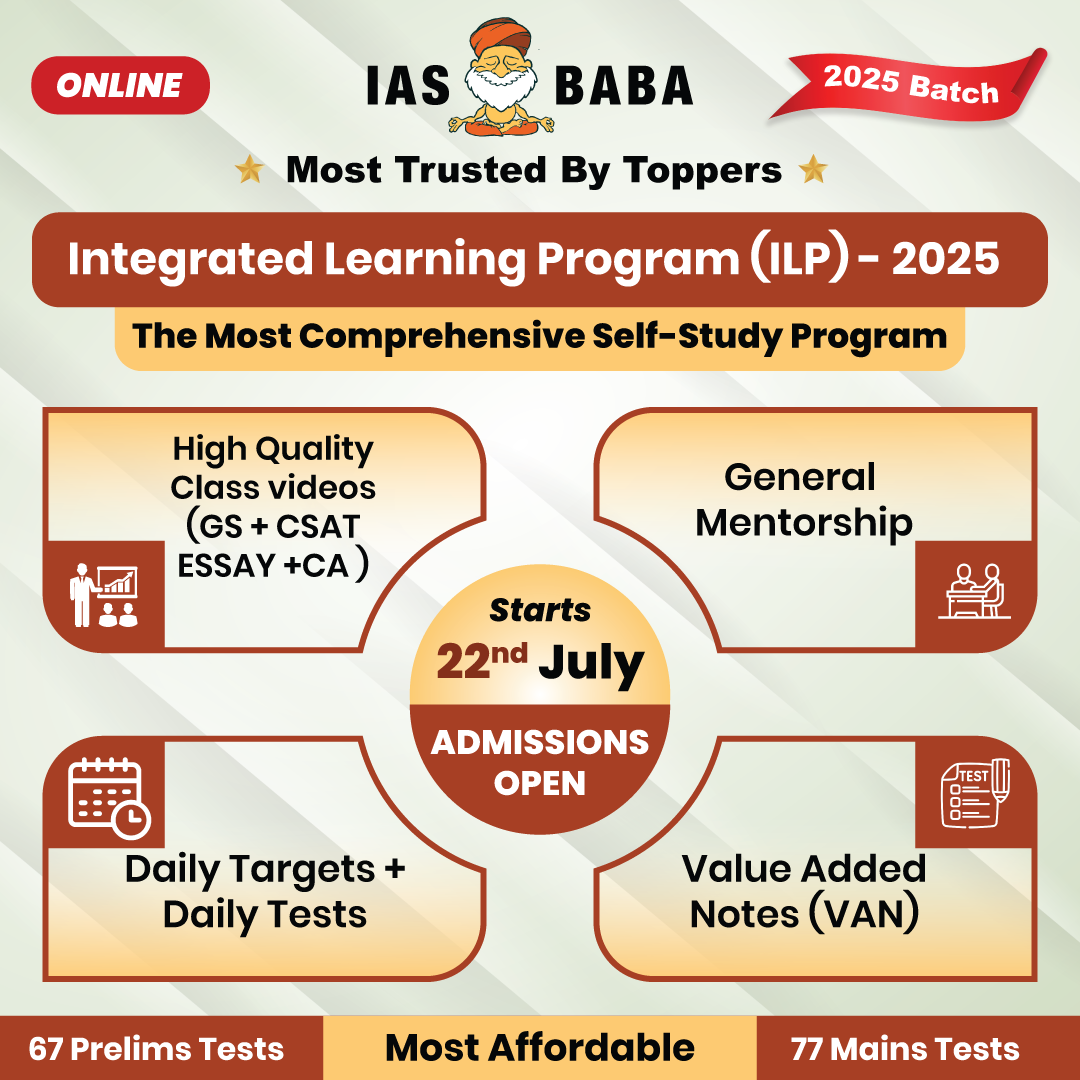UPSC Articles
EDUCATION/ GOVERNANCE
Topic:
- GS-2: Issues relating to development and management of Social Sector/Services relating to Education, Human Resources
- GS-2: Government policies and interventions for development in various sectors and issues arising out of their design and implementation.
Prioritising school reopening on the road to recovery
Context: Most schools in India have been closed since the national lockdown started in March 2020.
Criticism of Prolonged School Closures
- Foreign Nations kept their schools running: Various regions around the world have kept their schools, especially primary schools, mostly open. This includes various European countries such as Portugal, France, the Netherlands, etc.
- Discriminatory Treatment to education: On the other hand in India, schools have mostly been shut even as other businesses have opened.
- Widening Learning Gap: The bottom half of children passing Class 10 are about two years behind in terms of skills. Prolonged school closure has already widened this gap. The poorest families living in dense urban slums, who bore the brunt of the first wave are the ones suffering the most from school closures.
- Increased Vulnerability to dropout: A survey across 10 States in India in November 2020 estimated that nearly two-thirds of children in rural India may drop out of school, a staggering statistic which is likely to have worsened with continuing closure.
- Erosion of Socail Progress made: Prolonged school shutdown has severely set back India’s fight against ills such as child labour and child marriage.
- Malnutrition: Due to the shutdown of schools, mid-day meal schemes have been disrupted; even as early as June 2020, it was estimated that about 800,000 additional children would face underweight and wasting.
Given the costs of prolonged school shutdown, there is a need to probe deeper into the risks of opening schools in the context of COVID-19.
- Assessing the risk factor
- we must realise, and be grateful that the risk of COVID-19 for children is much lower than for adults.
- A study among the nearly two million children in Sweden (where schools have been open throughout), found that there was not a single child death due to COVID-19
- As per Mumbai’s dashboard data, the COVID-19 IFR (Infection Fatality Rate) for under-19 is minuscule: about 0.003% . In comparison, the infant mortality rate in India is about 3% (1,000 times greater)
- In other words, school-age children are at a negligibly lower risk from COVID-19 when compared to other threats which we consider normal.
- Teachers as ‘essential’ staff
- To reduce the concern among teachers about virus spread, the Government must treat them on a par with essential workers, and offer them prioritised vaccination.
- Vaccines for children
- There are suggestions about tying school reopening to vaccines for children.
- Any medical intervention, especially for children, must be based on a careful risk-benefit analysis.
- It is pertinent to note that there are growing concerns in the U.S. of a potential link between heart inflammation and the mRNA vaccine, among adolescents
Conclusion
We cannot let our children suffer for that long, by further prolonging school closures. Policymakers must make evidence-based decisions toward school reopening.
Connecting the dots:
















